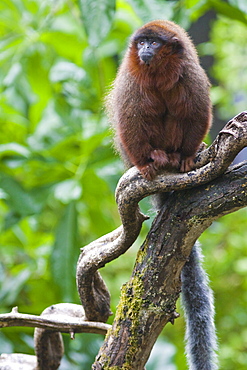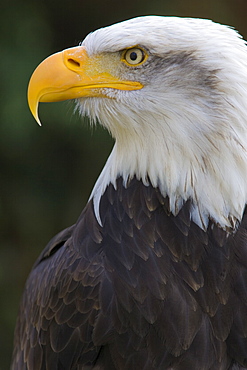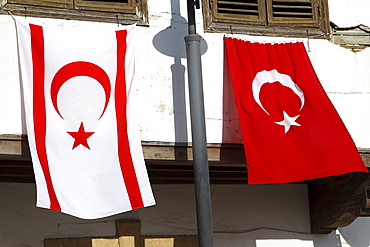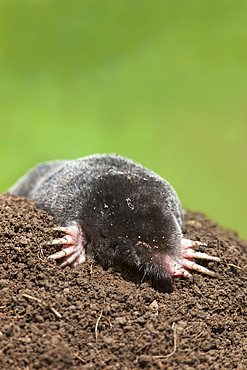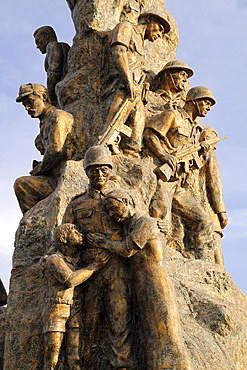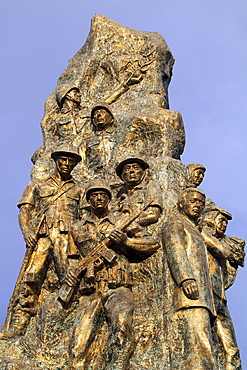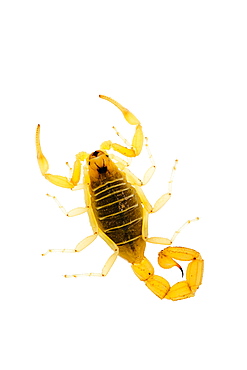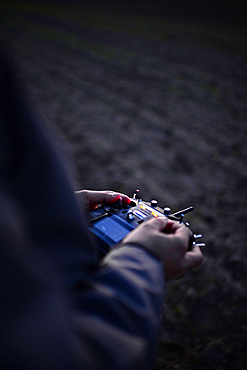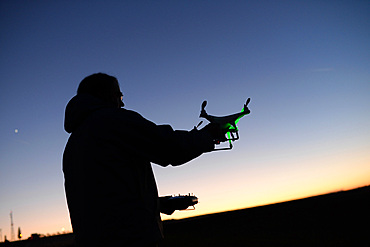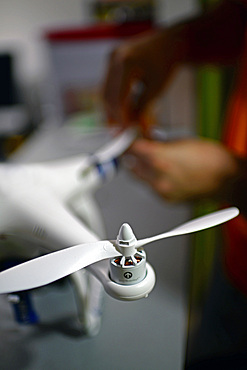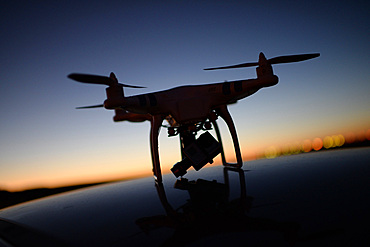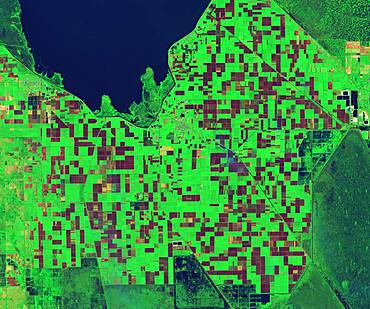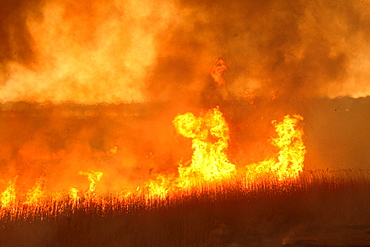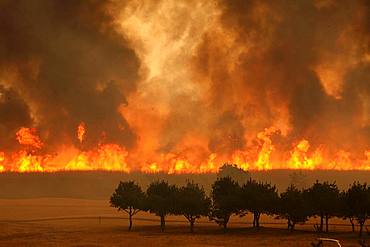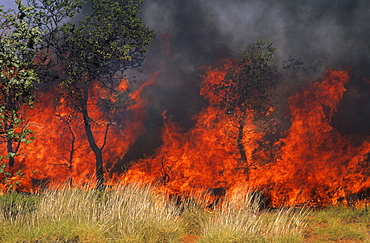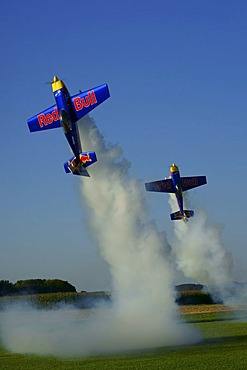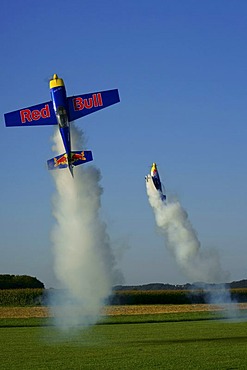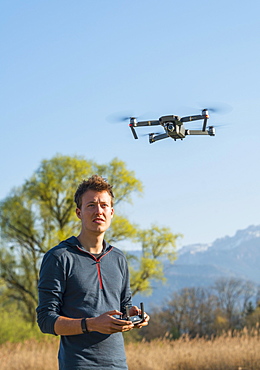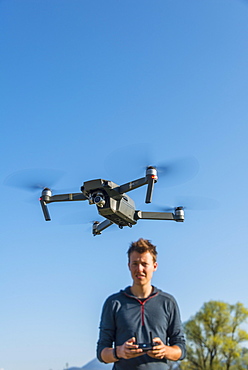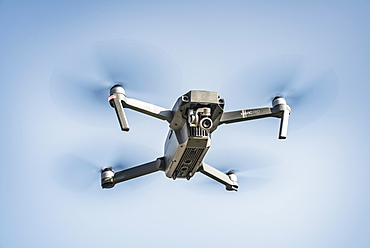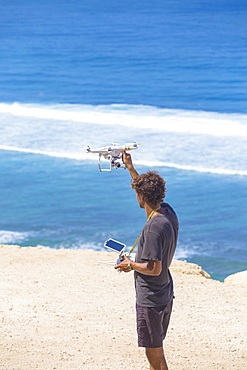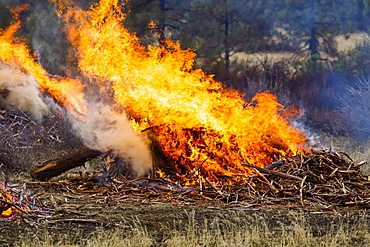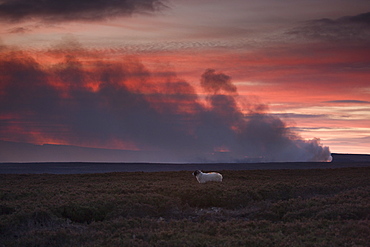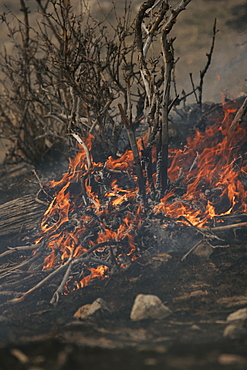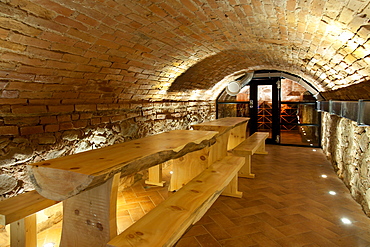Results
14 results found

Pallas cat (Otocolobus manul) close-up, controlled conditions, Kent, England, United Kingdom, Europe
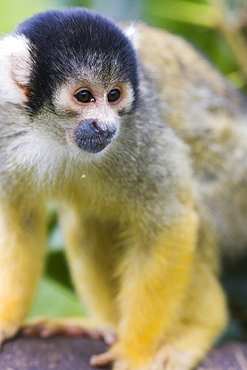
Black capped squirrel monkey (Saimiri boliviensis) alert on log, controlled conditions, United Kingdom, Europe
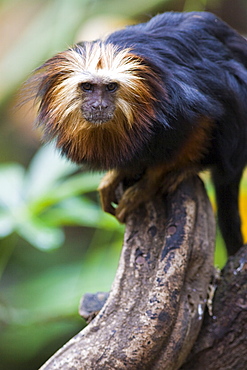
Golden headed lion tamarin (Leontopithecus chrysomelas) in the trees, controlled conditions, United Kingdom, Europe

Desert plants inside the Princess of Wales conservatory Royal Botanic Gardens, UNESCO World Heritage Site, Kew, London, England, United Kingdom, Europe
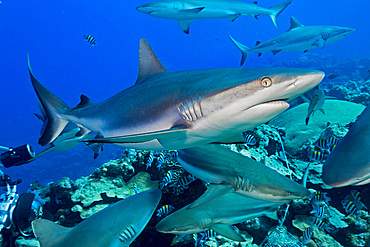
Grey reef sharks (Carcharhinus amblyrhynchos), at a controlled feeding of the island of Yap, Micronesia, Pacific

The once communist controlled Gdansk shipyards, home to the Solidarity movement, Gdansk, Poland, Europe
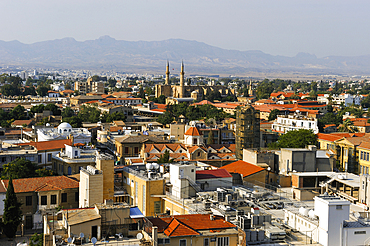
General view of the Turkish controlled part of Nicosia, with Agia Sofia Cathedral, formerly Cathedrale Sainte Sophie, turned into a mosque during the occupation by the Ottomans in 1570 and renamed Selimye mosque in 1954, Cyprus, Eastern Mediterranean Sea, Europe

The once communist controlled Gdansk shipyards, home to the Solidarity movement, Gdansk, Poland, Europe
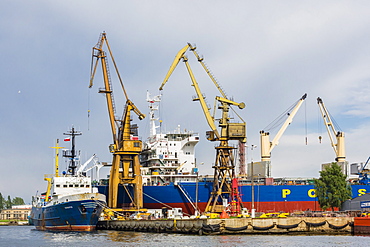
The once communist controlled Gdansk shipyards, home to the Solidarity movement, Gdansk, Poland, Europe
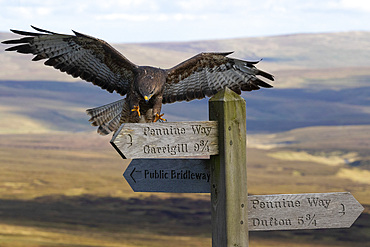
Common buzzard (Buteo buteo) landing on Pennine Way sign, Controlled, Cumbria, England, United Kingdom, Europe
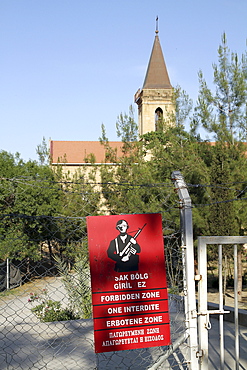
Cyprus. Abandoned houses along th Green Line in Nicosia dividing the Republic of Cyprus and Turkish controlled northern part.
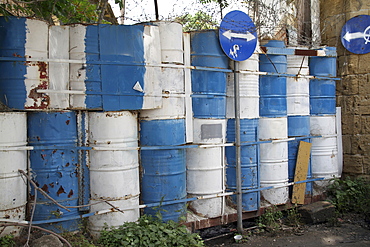
Cyprus. Abandoned houses along th Green Line in Nicosia dividing the Republic of Cyprus and Turkish controlled northern part. The United Nations Buffer Zone in Cyprus runs for more than 180.5?kilometres (112.2?mi) along what is known as the Green Line and has an area of 346?square kilometres (134?sq?mi). The zone partitions the island of Cyprus into a southern area effectively controlled by the government of the Republic of Cyprus (which is the de jure government for the entire island save for the British Sovereign Base Areas), and the northern area controlled by the Turkish army

The once communist controlled Gdansk shipyards, home to the Solidarity movement, Gdansk, Poland, Europe
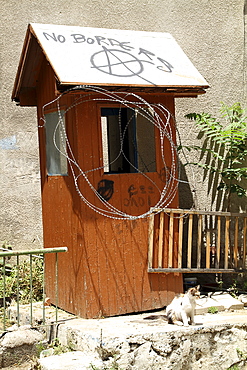
Cyprus. Abandoned houses along th Green Line in Nicosia dividing the Republic of Cyprus and Turkish controlled northern part. The United Nations Buffer Zone in Cyprus runs for more than 180.5?kilometres (112.2?mi) along what is known as the Green Line and has an area of 346?square kilometres (134?sq?mi). The zone partitions the island of Cyprus into a southern area effectively controlled by the government of the Republic of Cyprus (which is the de jure government for the entire island save for the British Sovereign Base Areas), and the northern area controlled by the Turkish army
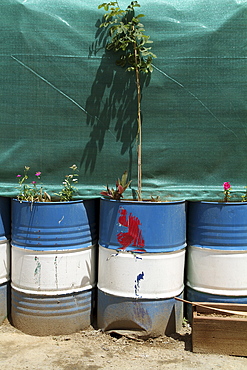
Cyprus. Abandoned houses along th Green Line in Nicosia dividing the Republic of Cyprus and Turkish controlled northern part. The United Nations Buffer Zone in Cyprus runs for more than 180.5?kilometres (112.2?mi) along what is known as the Green Line and has an area of 346?square kilometres (134?sq?mi). The zone partitions the island of Cyprus into a southern area effectively controlled by the government of the Republic of Cyprus (which is the de jure government for the entire island save for the British Sovereign Base Areas), and the northern area controlled by the Turkish army

Cyprus.Children play at school near Green Line in Nicosia dividing the Republic of Cyprus and Turkish controlled north

Cyprus. Abandoned houses along the Green Line in Nicosia dividing the Republic of Cyprus and Turkish controlled northern part
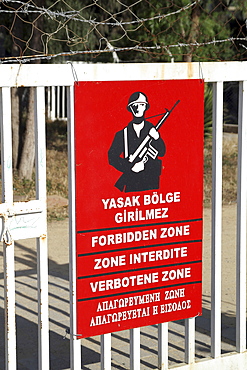
Cyprus. Abandoned houses along th Green Line in Nicosia dividing the Republic of Cyprus and Turkish controlled northern part.
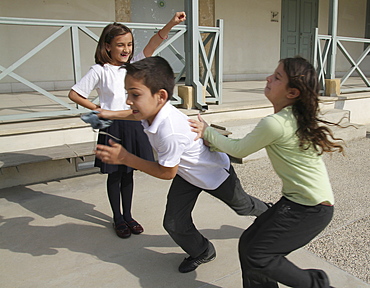
Cyprus.Children play at school near Green Line in Nicosia dividing the Republic of Cyprus and Turkish controlled north
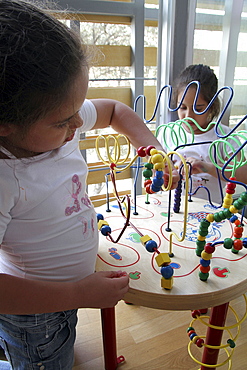
Cyprus.Children play at school near Green Line in Nicosia dividing the Republic of Cyprus and Turkish controlled north

Cyprus.Children play at school near Green Line in Nicosia dividing the Republic of Cyprus and Turkish controlled north

Xavante race. race is really a race at, it’s a ceremony, an aesthetic event. Xavante nonplused by notions of winning losing. logs carried by team, representing oppositions that xavante believe go to make up universe. running of logs expresses dynamic tension between opposing principles. purpose of ceremonies to stress that these antithesis need tear world apart. Opposing be controlled to complement each other create equilibrium harmony. Brazil

Orkney Islands Sept 2011 Wave and Tidal Power shoot - The Pelamis Wave Power machine in Orkney - alongside in Lyness - the machine is the P2 . The Pelamis absorbs the energy of ocean waves and converts it into electricity. The machine floats semi-submerged on the surface of the water and is made up of a number of cylindrical sections joined together by hinged joints. As waves pass down the length of the machine these sections flex relative to one another. The motion at each hinged joint is resisted by hydraulic cylinders which pump fluid into high pressure accumulators allowing electrical generation to be smooth and continuous. Control of the resistance applied by the hydraulic cylinders allows generation to be maximised when waves are small, and the machine response to be minimised in storms. All generation systems are sealed and dry inside the machines and power is transmitted to shore using standard subsea cables and equipment.
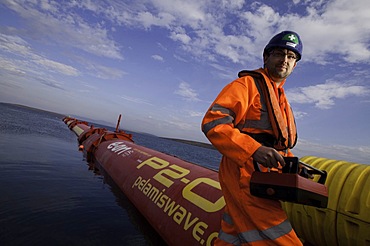
Orkney Islands Sept 2011 Wave and Tidal Power shoot - The Pelamis Wave Power machine in Orkney - alongside in Lyness - the machine is the P2 . The Pelamis absorbs the energy of ocean waves and converts it into electricity. The machine floats semi-submerged on the surface of the water and is made up of a number of cylindrical sections joined together by hinged joints. As waves pass down the length of the machine these sections flex relative to one another. The motion at each hinged joint is resisted by hydraulic cylinders which pump fluid into high pressure accumulators allowing electrical generation to be smooth and continuous. Control of the resistance applied by the hydraulic cylinders allows generation to be maximised when waves are small, and the machine response to be minimised in storms. All generation systems are sealed and dry inside the machines and power is transmitted to shore using standard subsea cables and equipment.
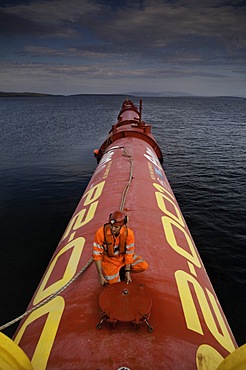
Orkney Islands Sept 2011 Wave and Tidal Power shoot - The Pelamis Wave Power machine in Orkney - alongside in Lyness - the machine is the P2 . The Pelamis absorbs the energy of ocean waves and converts it into electricity. The machine floats semi-submerged on the surface of the water and is made up of a number of cylindrical sections joined together by hinged joints. As waves pass down the length of the machine these sections flex relative to one another. The motion at each hinged joint is resisted by hydraulic cylinders which pump fluid into high pressure accumulators allowing electrical generation to be smooth and continuous. Control of the resistance applied by the hydraulic cylinders allows generation to be maximised when waves are small, and the machine response to be minimised in storms. All generation systems are sealed and dry inside the machines and power is transmitted to shore using standard subsea cables and equipment.
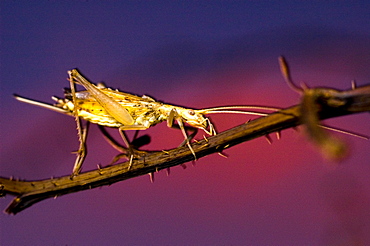
European tree cricket (Oecanthus pellucens);North West Bulgaria;Europe;Slow shutter speed in combination with wirelessly controlled macro flash

Orkney Islands Sept 2011 Wave and Tidal Power shoot - The Pelamis Wave Power machine in Orkney - alongside in Lyness - the machine is the P2 . The Pelamis absorbs the energy of ocean waves and converts it into electricity. The machine floats semi-submerged on the surface of the water and is made up of a number of cylindrical sections joined together by hinged joints. As waves pass down the length of the machine these sections flex relative to one another. The motion at each hinged joint is resisted by hydraulic cylinders which pump fluid into high pressure accumulators allowing electrical generation to be smooth and continuous. Control of the resistance applied by the hydraulic cylinders allows generation to be maximised when waves are small, and the machine response to be minimised in storms. All generation systems are sealed and dry inside the machines and power is transmitted to shore using standard subsea cables and equipment.

Old lighthouse and senior citizens playing with remote-controlled model ships, Bremerhaven, Bremen, Germany
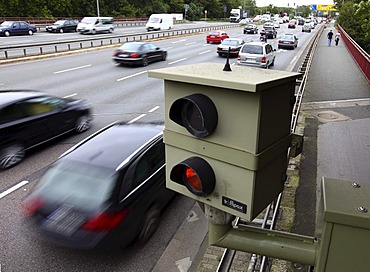
Radar controlled speed monitoring with a speed camera, on the federal road B223, Konrad-Adenauer-Allee, in a 60 kilometers per hour speed-limit zone, Oberhausen, North Rhine-Westphalia, Germany, Europe
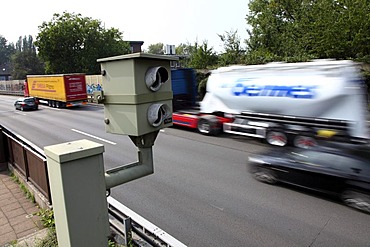
Radar controlled speed monitoring with a speed camera, on the Autobahn A40 motorway, Ruhrschnellweg, in a 100 kilometers per hour speed-limit zone, Essen, North Rhine-Westphalia, Germany, Europe
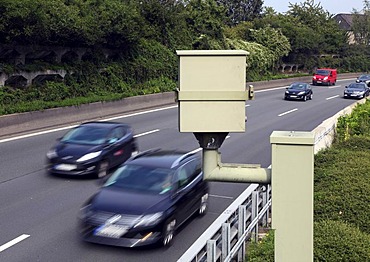
Radar controlled speed monitoring with a speed camera, on the Autobahn A40 motorway, Ruhrschnellweg, in a 100 kilometers per hour speed-limit zone, Essen, North Rhine-Westphalia, Germany, Europe
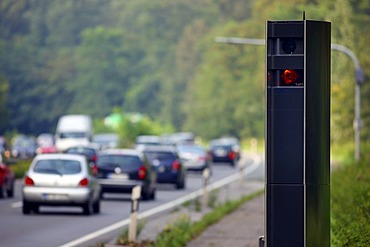
Radar controlled speed monitoring with a TraffiTower speed camera, on the federal road B224, Braukstrasse, in a 70 kilometers per hour speed-limit zone, Bottrop, North Rhine-Westphalia, Germany, Europe
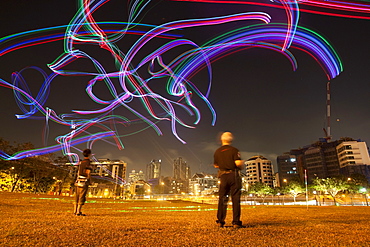
Members of the Singapore Night Flyer Kite club light up the evening sky with remote controlled kites adorned with colorful LED lighting.

Controlled burn on Panther #10 clearcut on the Okanogan National Forest, WA to clear slash for replanting.
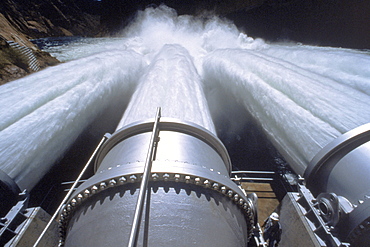
The jet tubes on Glen Canyon Dam the day they were opened for the controlled flood of 45,000 cfs on the Colorado River. Acting Facility Manager Dick White checks the jet tubes.

Flames from a prescribed fire burn juniper trees and sagebrush. The controlled burn is set to reduce dry brush that susceptible to the growing number of wild fires in the American West, Oregon, United States of America

Men hunting from the Blue Duck Lodge, a working cattle farm with a focus on conservation, located in the Whanganui National Park. One man carrying goat kill on his back, (goats are a danger to the native wildlife and hunting is encouraged and educated here); Retaruke, Manawatu-Wanganui, New Zealand
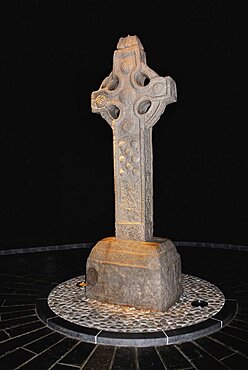
South Cross preserved in controlled atmospheric conditions, Clonmacnoise monastery, County Offaly, Ireland
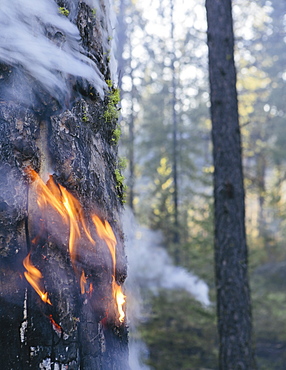
A controlled forest burn, a deliberate fire set to create a healthier and more sustainable forest ecosystem. The prescribed burn of forest creates the right condition for regrowth, Whitman County, Washington, USA
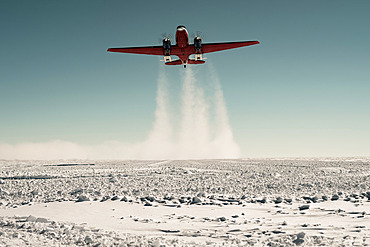
The aircraft;DC-3 Basler) takes off from Concordia's snow-covered runway. Take-off of a Basler at Concordia. The runway is groomed very evenly to minimise the micro-relief on its surface and make it easier for the aircraft to take off. The aircraft are equipped with landing gear allowing them to land alternatively on a ?hard? runway or on snow: retractable skis controlled from the cockpit are fitted to the two front landing gears. Concordia Antarctic Research Station, Dome C plateau, East Antarctica.
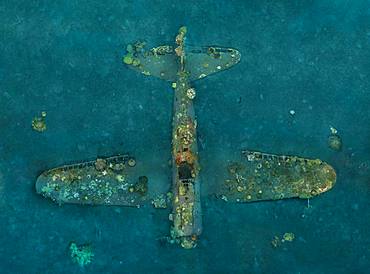
Tara Pacific expedition - november 2017 Zero wreck, vertical view Orthomosaic from 3D photogrammetry (13500 x 10000 px). D: 15 m Kimbe Bay, papua New Guinea, Coral growth on this wreck is from a period of 74 years ! The ZERO, is a Japanese WW2 fighter plane wreck. This Zero wreck was discovered in January 2000 by local William Nuli while he was freediving for sea cucumbers. He asked the Walindi Plantation Resort dive team if they might know what it was, and when they investigated they uncovered the intact wreck of a Zero fighter, resting on a sedimented bottom in 15 m depth. This World War II Japanese fighter is almost completely intact. The plane is believed to have been ditched, the pilot is believed to have survived, but was never found on the island. He never returned home. Maybe he disappeared in the jungle? On 26th December 1943, during the battle of Cape Gloucester, the Japanese pilot made an emergency landing, ditching his Mitsubishi A6M Zero plane into the sea approximately 100m off West New Britain Province. The plane was piloted by PO1 Tomiharu Honda of the 204st K?k?tai. His fate is unknown but it is believed the he made a controlled water landing after running out of fuel and survived. Although he failed to return to his unit, the plane was found with the throttle and trim controls both set for landing and the canopy was open. There are no visible bullet holes or other shrapnel damage and the plane is still virtually intact after over 70 years underwater. It is a A6M2 Model 21 Zero, made famous for its use in Kamikaze attacks by the Japanese Imperial Navy. The wreck has the Manufacture Number 8224 and was built by Nakajima in late August 1942.

Tara Pacific expedition - november 2017 Kimbe Bay, papua New Guinea, Zero wreck: Coral growth on this wreck is from a period of 74 years ! D: 15 m The ZERO, is a Japanese WW2 fighter plane wreck. This Zero wreck was discovered in January 2000 by local William Nuli while he was freediving for sea cucumbers. He asked the Walindi Plantation Resort dive team if they might know what it was, and when they investigated they uncovered the intact wreck of a Zero fighter, resting on a sedimented bottom in 15 m depth. This World War II Japanese fighter is almost completely intact. The plane is believed to have been ditched, the pilot is believed to have survived, but was never found on the island. He never returned home. Maybe he disappeared in the jungle? On 26th December 1943, during the battle of Cape Gloucester, the Japanese pilot made an emergency landing, ditching his Mitsubishi A6M Zero plane into the sea approximately 100m off West New Britain Province. The plane was piloted by PO1 Tomiharu Honda of the 204st K?k?tai. His fate is unknown but it is believed the he made a controlled water landing after running out of fuel and survived. Although he failed to return to his unit, the plane was found with the throttle and trim controls both set for landing and the canopy was open. There are no visible bullet holes or other shrapnel damage and the plane is still virtually intact after over 70 years underwater. It is a A6M2 Model 21 Zero, made famous for its use in Kamikaze attacks by the Japanese Imperial Navy. The wreck has the Manufacture Number 8224 and was built by Nakajima in late August 1942.
